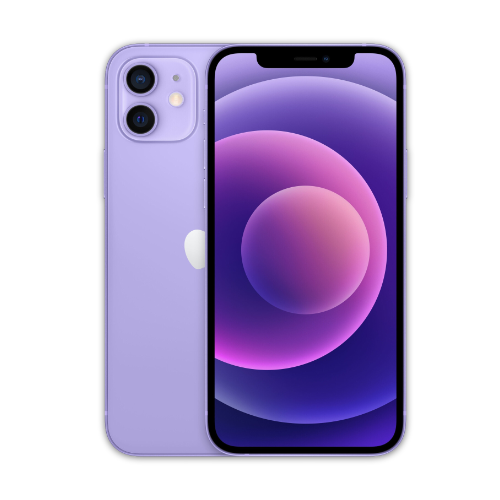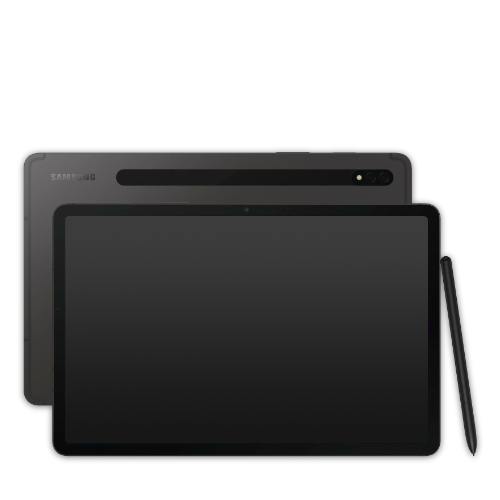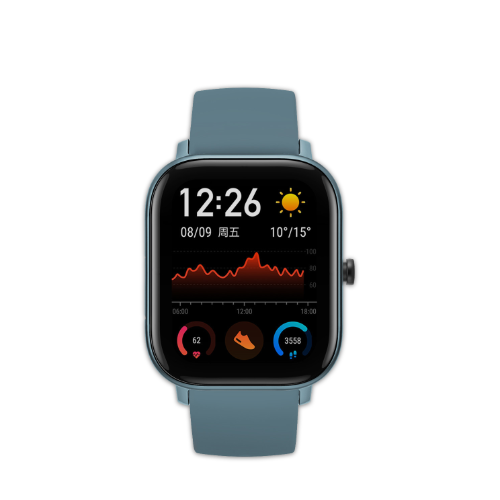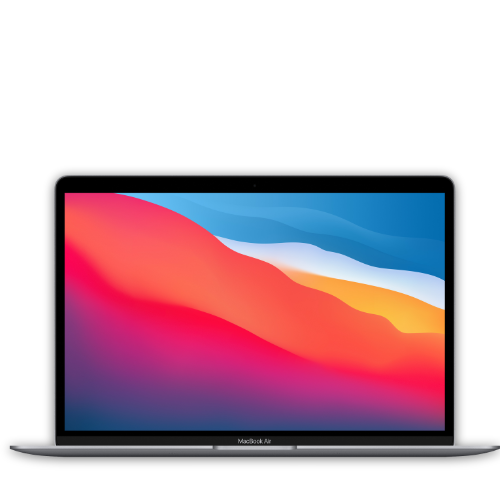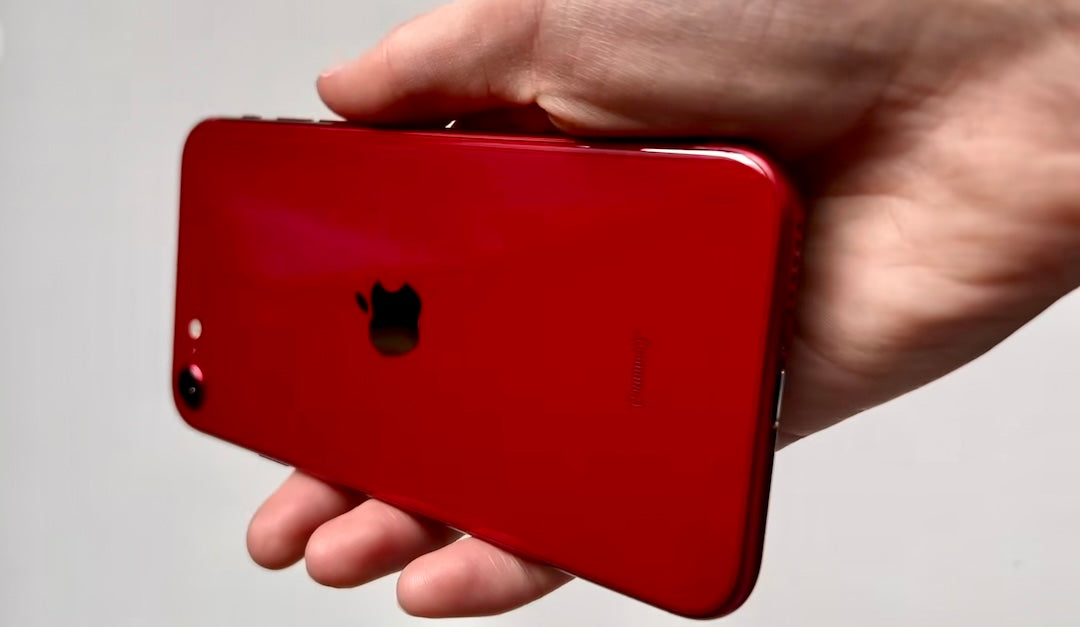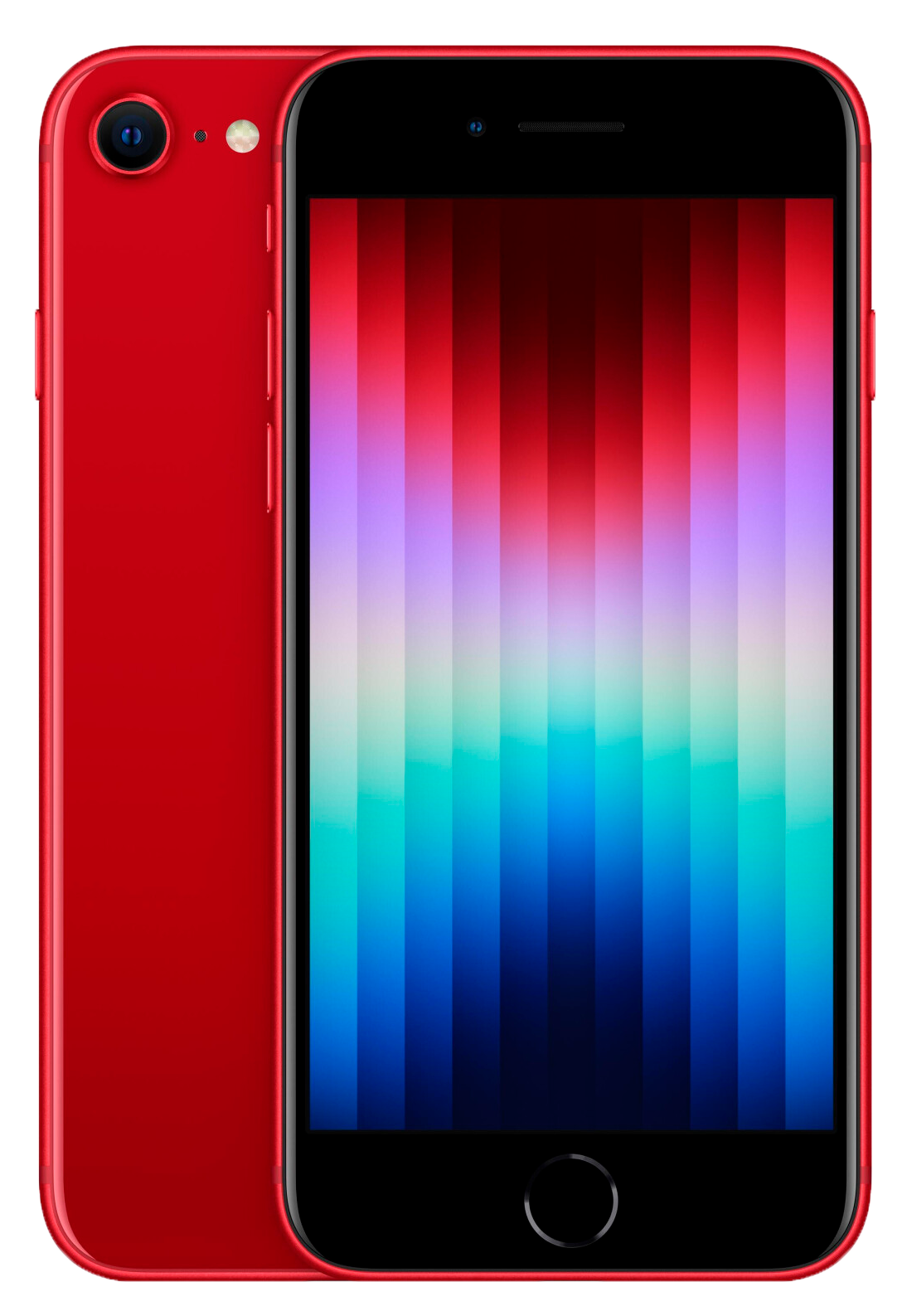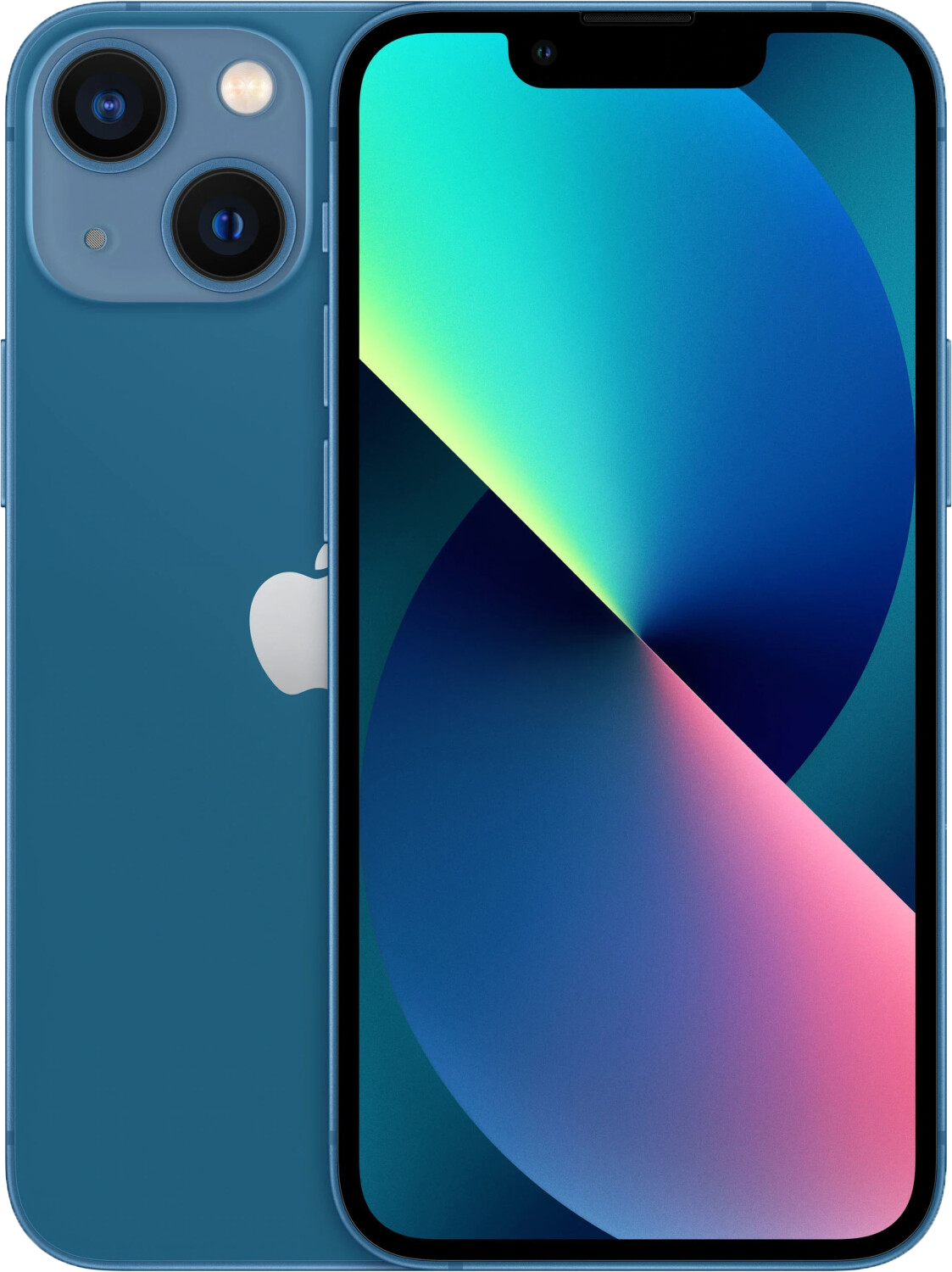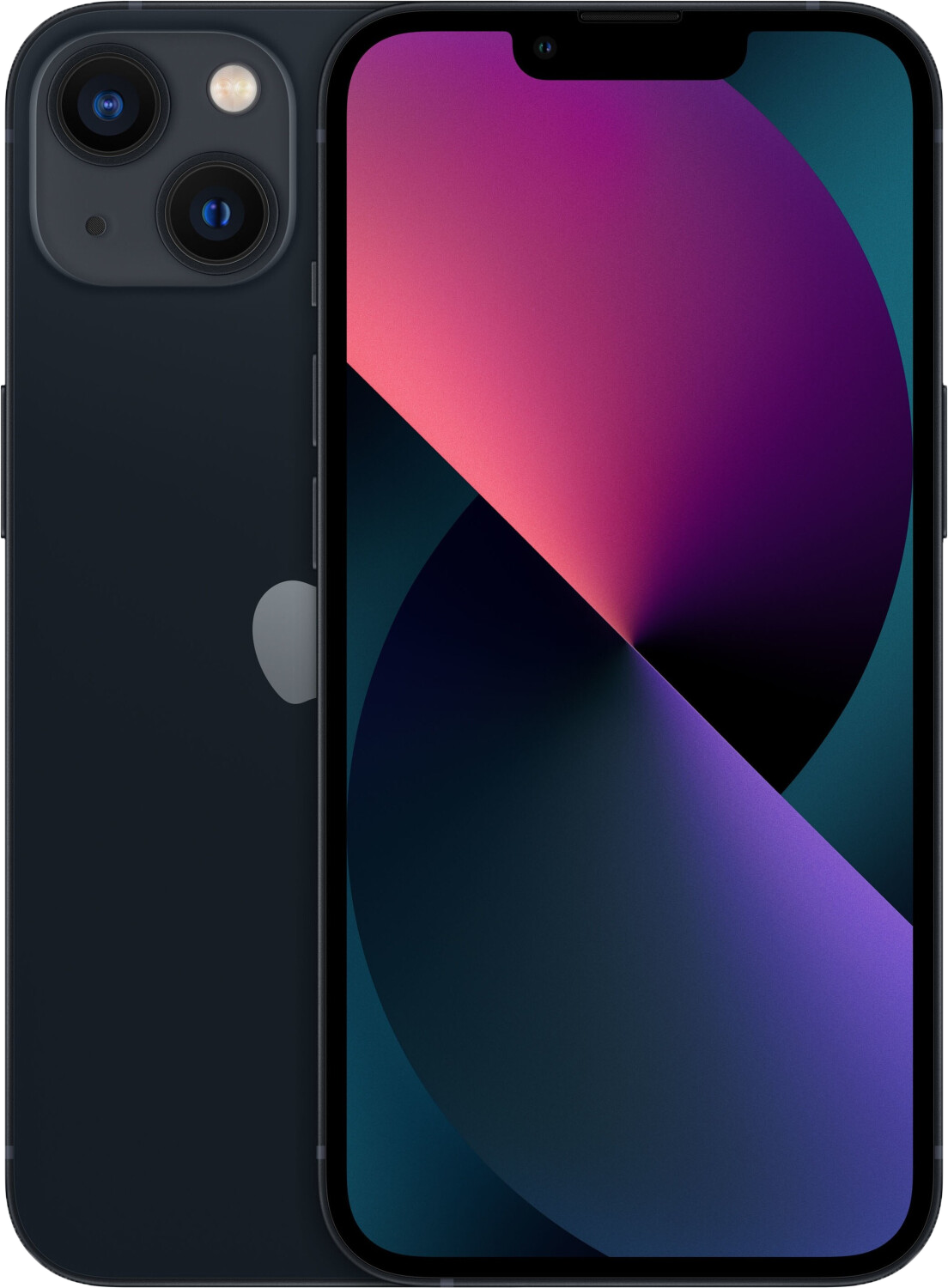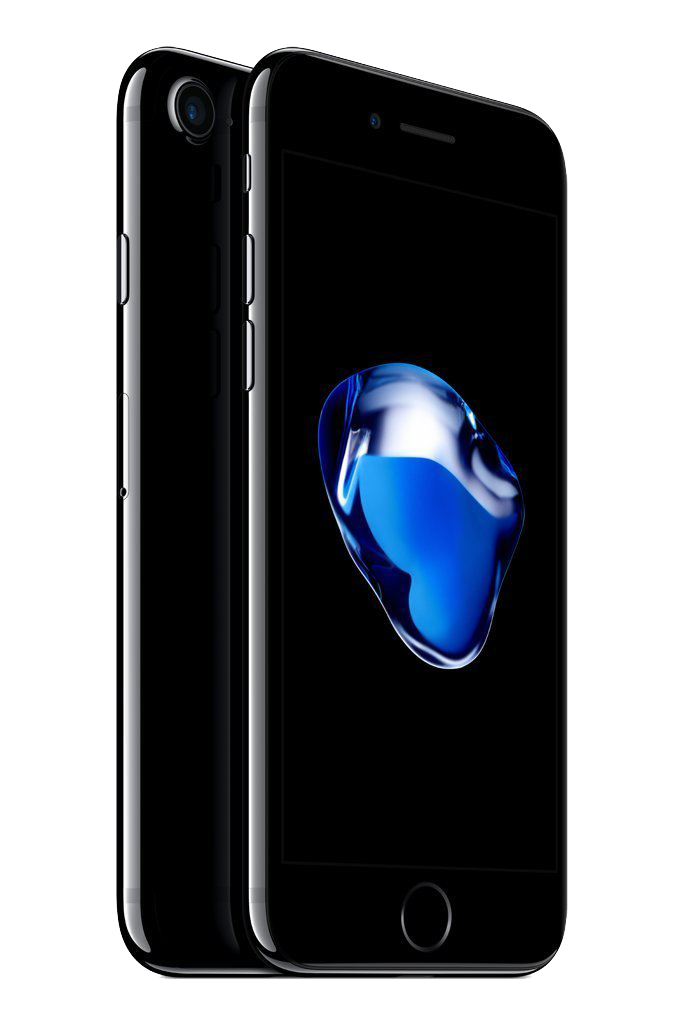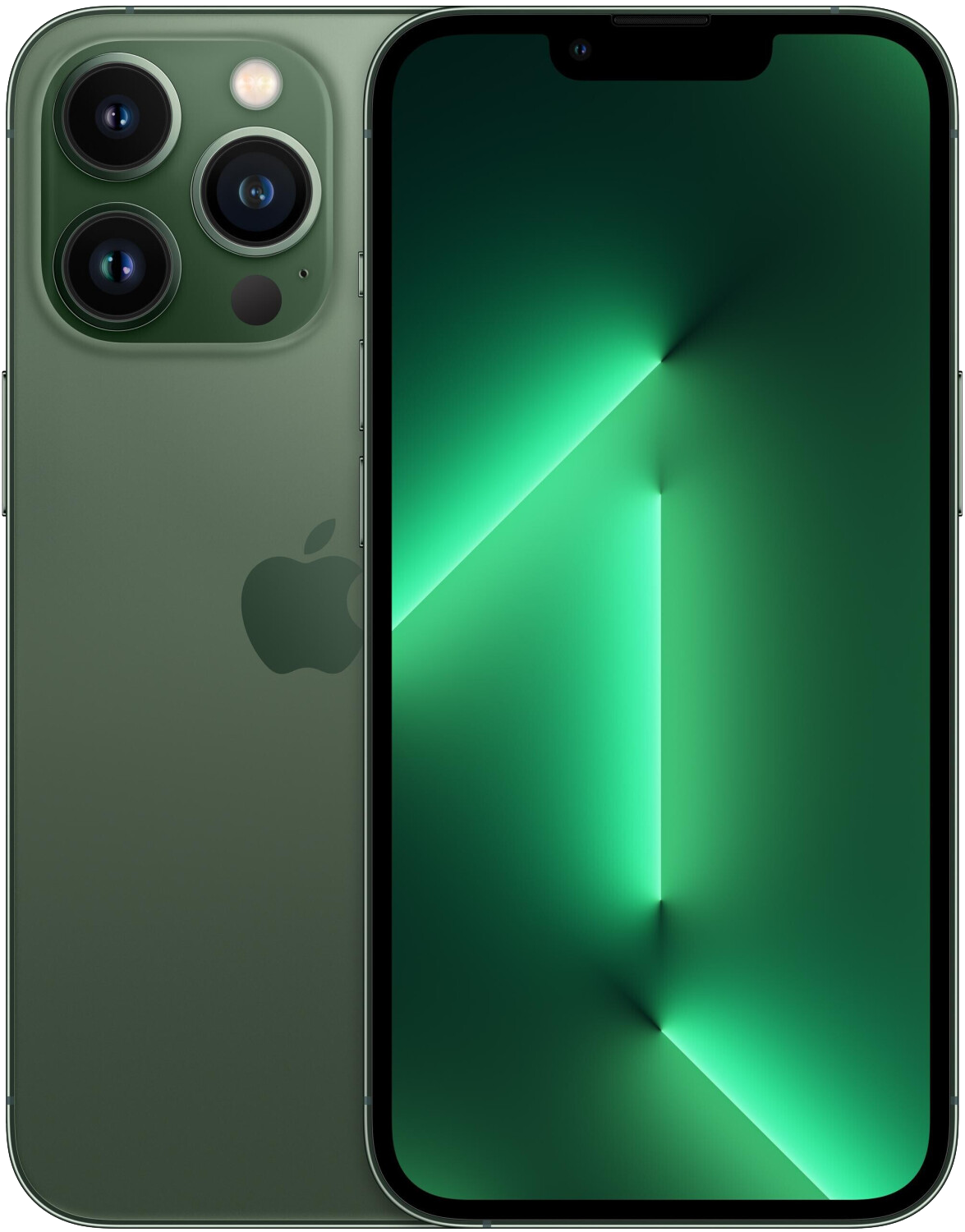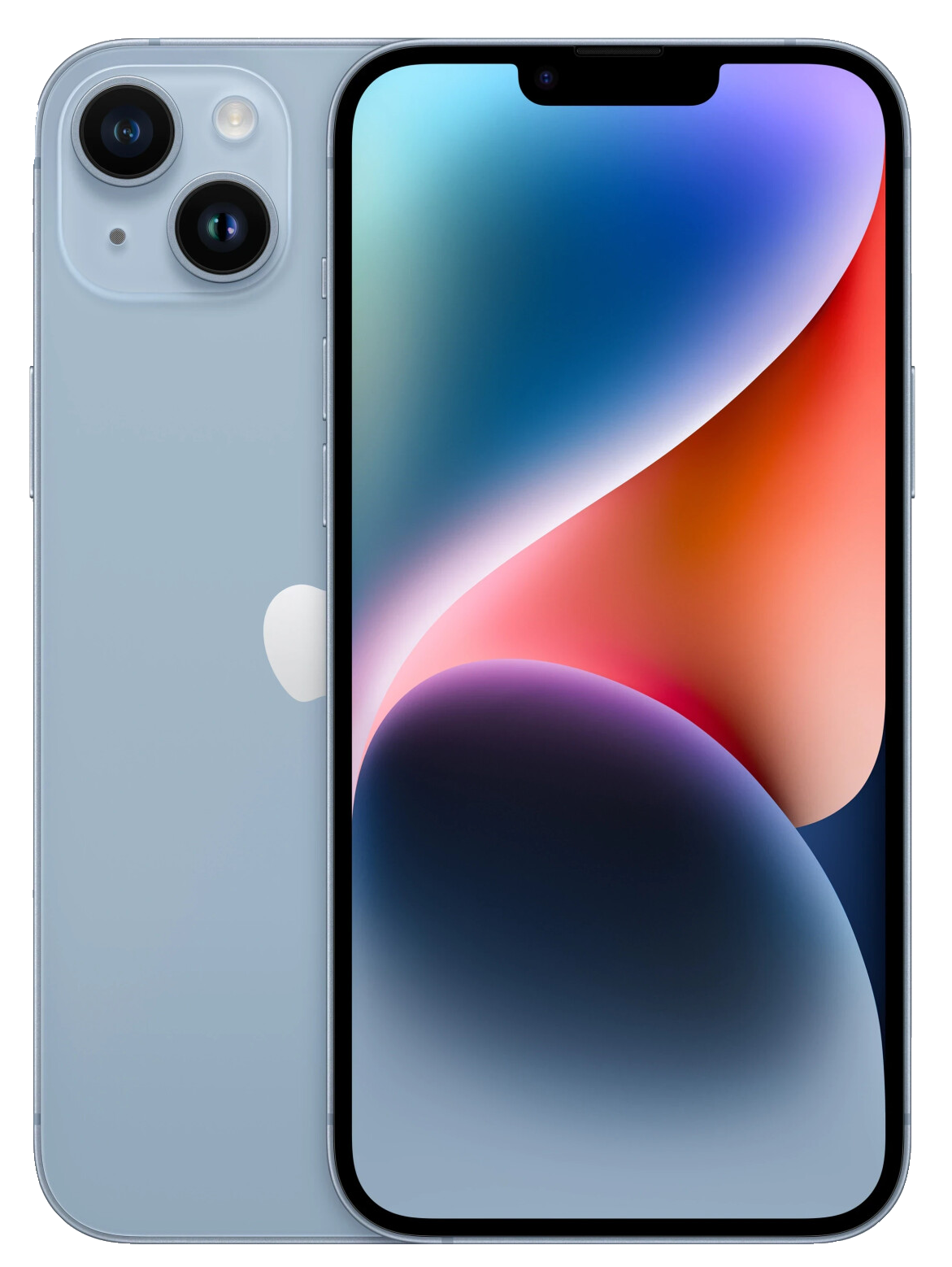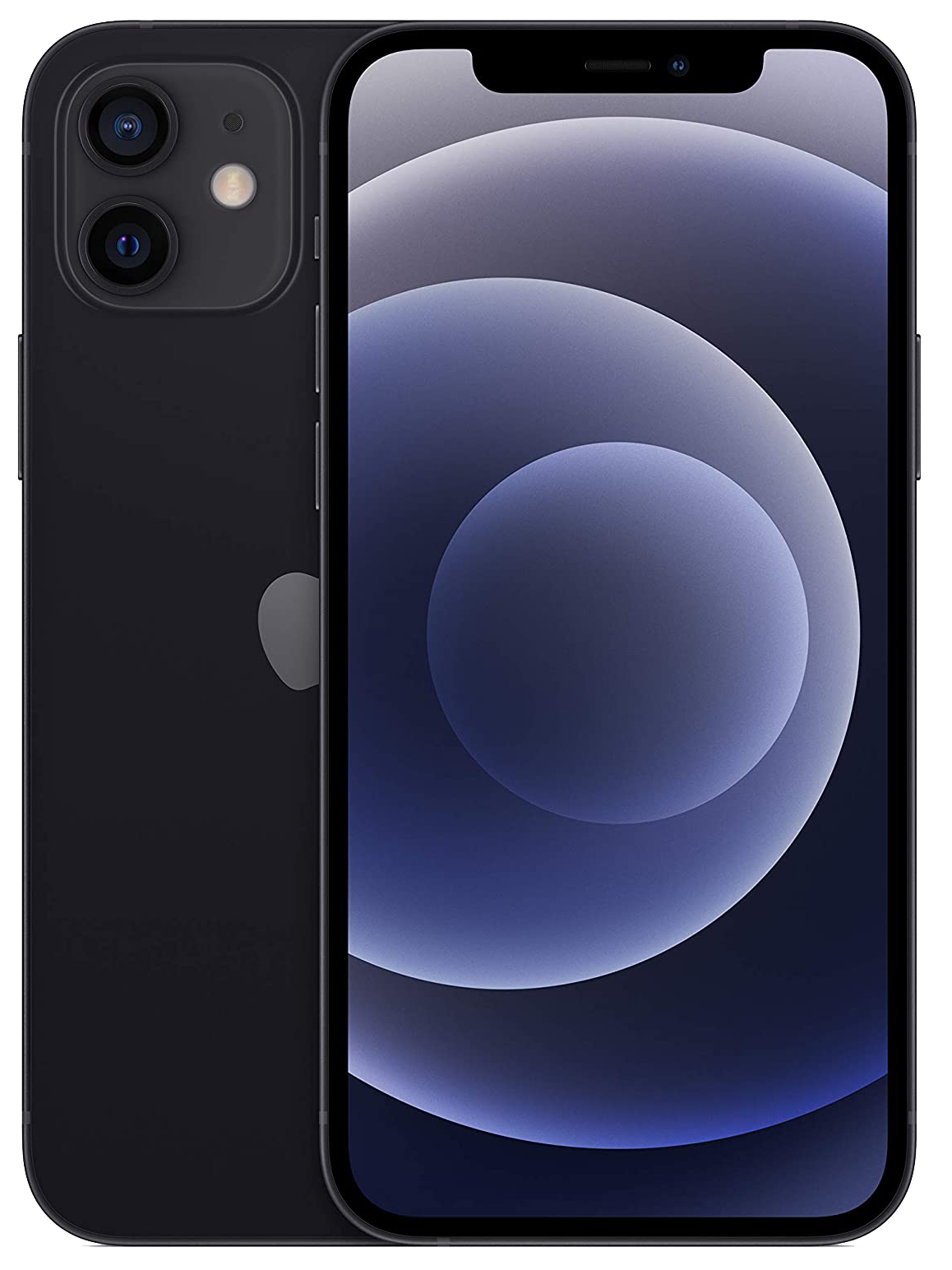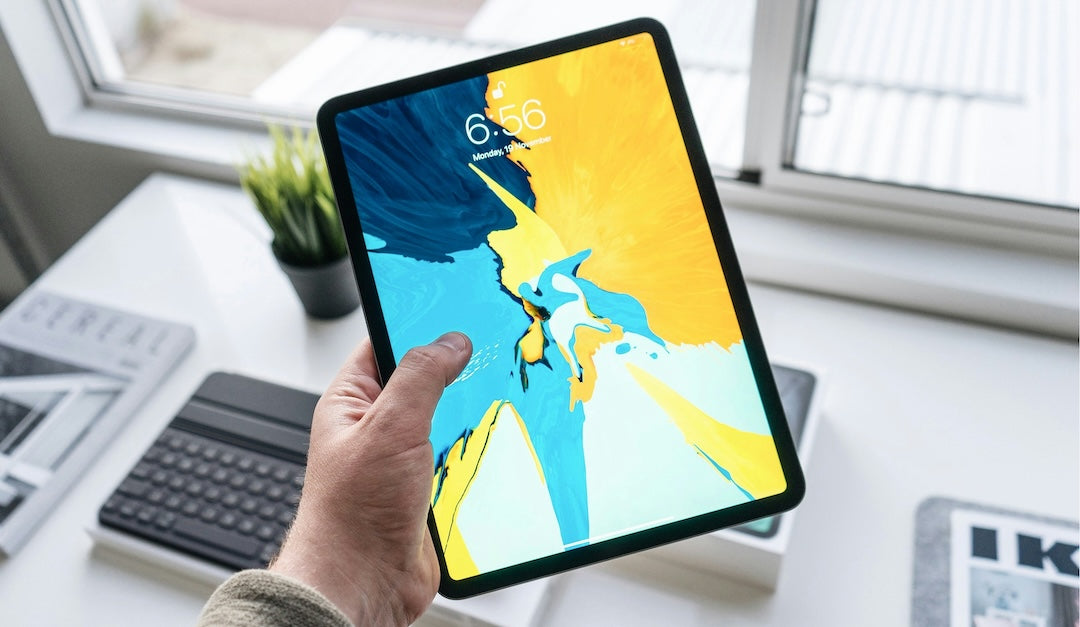Since its launch, the iPhone SE has established itself as an affordable alternative to Apple's flagship models, combining Apple's trusted technology with a more affordable price tag. While the iPhone SE has traditionally relied on tried-and-tested design elements and engineering, significant changes are on the horizon for the fourth generation, expected to launch in 2025.
The upcoming iPhone SE 4 could not only appeal to a larger target audience, but also set new standards in the field of budget-friendly smartphones. With an enlarged 6.1-inch OLED display similar to that of the iPhone 14 and the introduction of Face ID, the new model seems to be much more than just a simple update. In this preview, we take a look at the expected innovations and technologies that could make the iPhone SE 4 one of the most exciting Apple products of the year. You will also find out when the iPhone SE 4 will be released and how much it is expected to cost. Please also check out our Watch a video on YouTube Shorts about this topic.
Quick info: Please note that these are only rumors and expectations and not official information from the manufacturer.
Fresh design, impressive display: A new face for the iPhone SE
One of the most striking features of the iPhone SE 4 will likely be its display. Rumors suggest that the device will feature a 6.1-inch OLED screen, which is a significant improvement over the current model's 4.7-inch LCD display. This upgrade brings the iPhone SE closer to the standards of Apple's main models, such as the iPhone 14, and promises better color reproduction and deeper blacks. The larger display could also increase usability and make the device more attractive for media consumption and gaming.
In addition, it is expected that the iPhone SE 4 could see a visual alignment with the upcoming iPhone 16. This design change, away from the more traditional iPhone SE models, signals a modern and forward-looking strategy from Apple. With such an aesthetic overhaul, the iPhone SE no longer positions itself as just a budget option, but also as a stylish device for those who value current design but don't necessarily need the latest flagship model.
New features: From USB-C to Face ID
The iPhone SE 4 heralds significant innovations, and not just in its display. One of the most significant changes is the integration of Face ID, which represents a significant departure from the traditional home button and Touch ID. Apple's decision to integrate advanced facial recognition technology into its cheaper smartphone range underscores its commitment to making modern security features accessible to a wider audience.
Another highlight is the switch from Apple's signature Lightning connector to a USB-C connector. This change follows Apple's general trend of switching completely to USB-C, which is related to EU legislation on uniform charging plugs and hardware connectors. In addition, the introduction of a new action button is planned, similar to that of the iPhone 15 Pro, which offers new ways of interacting with the device and further simplifies operation.
Under the hood: Powerful upgrades to the iPhone SE 4
The iPhone SE 4 will also impress with technical innovations under the hood. With a series of upgrades aimed at increased performance and efficiency, Apple seems to be making no compromises in the development of its budget series.
- battery capacity: The iPhone SE 4 is expected to come with a 3279mAh battery, the same capacity as the iPhone 14. This feature guarantees long-lasting battery performance that should be more than enough for the everyday needs of an average user.
- 5G technology: A key aspect of the new generation is the introduction of an improved 5G modem. It could also be the first iPhone with Apple's own modem chip, although this has not yet been confirmed.
- processor: The iPhone SE 4 is expected to feature an older A-series chip, possibly the A15 or A16, which offers powerful performance and power efficiency.
These technological advances underscore Apple's commitment to positioning the iPhone SE series not only as a cost-effective alternative, but also as a powerful option for tech-savvy users - as was the case with previous iPhone SE models. The last iPhone SE models all had flagship features such as the integration of the latest chip or the newest camera. For more in-depth information, check out the guide on MacRumors. This provides a detailed analysis of these technical specifications.
A new perspective: The camera of the iPhone SE 4
The camera is a key factor for many users when buying a new smartphone. The iPhone SE 4 seems to be making an important adjustment here, switching from a dual camera setup in its standard models to a single, high-quality camera. This change is typical of the iPhone SE and could again indicate that Apple is focusing on improving the quality of the main camera rather than using multiple sensors.
Although exact details about the camera are not yet known, it is likely that Apple will integrate technologies such as advanced image stabilization and improved low-light performance to enable impressive photography even in this price range. These adjustments would allow the iPhone SE 4 to make no compromises in photography despite its positioning as a budget model.
Market launch, price and positioning: Where is the iPhone SE 4 heading?
The release of the iPhone SE 4 is highly anticipated. Although many fans and analysts are hoping for a 2024 launch, Current information and trends indicate that the smartphone will probably not be available until 2025. Apple has traditionally not commented on exact release dates until all details are finalized, which further increases the uncertainty.
In terms of pricing, Apple remains true to its line of positioning the iPhone SE as a more cost-effective alternative within its portfolio.Despite the significant technological upgrades, such as the OLED display and possibly more advanced chipsets, Apple will likely try to price the iPhone SE 4 so that it remains attractive to a wide audience:
- Technological improvements vs. price: The implementation of features such as an improved display and a powerful chip could increase the price slightly. The current model is around 529€, and although the price could increase by around 10 percent, it is likely that Apple will sell the device under a will maintain an affordable price range for Apple of under 600€.
- market strategy: Strategic pricing will be critical to successfully positioning the iPhone SE 4 in the market, especially in an environment where consumers expect strong value for money.
These considerations show how Apple plans to strengthen its market presence while maintaining a balance between quality and cost to meet the needs of a broad range of buyers.
Summary and outlook: What to expect from the iPhone SE 4
The iPhone SE 4 appears to be in for a significant evolution that will set it apart from its predecessors. With improvements in almost every area - from the display to the camera to the introduction of Face ID and a possible new chipset - the device seems designed to further bridge the gap between budget and premium segments. This strategy could not only appeal to existing iPhone users looking for an inexpensive but capable device, but also attract new customers who may have previously been hesitant due to cost. It remains to be seen how the market will react to these innovations, but everything indicates that the iPhone SE 4 could become a major player in Apple's smartphone portfolio of 2025.

